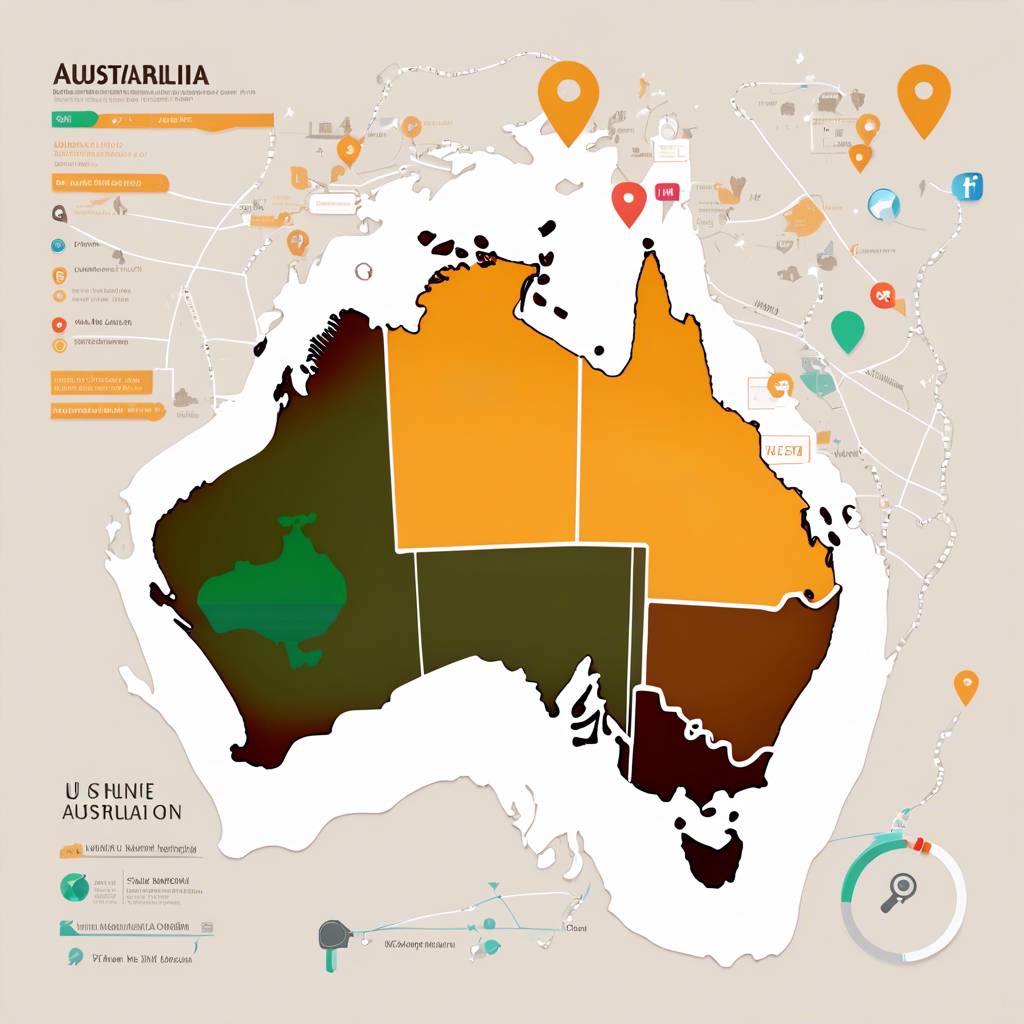Grain farmers in Australia are in a state of flux, reflecting on the recent harvest while planning for the next crop season. As you navigate this transition period, it’s crucial to consider risk management strategies, such as put options (price floors), to safeguard your unsold grain.
As the year progresses and a significant portion of the grain not stored on the farm is priced, it’s time to reduce the number of put floors in place and transition to call options. This process is crucial in reestablishing and rebalancing your positions as your grain portfolio evolves. As a Marketing Consultant, I can’t stress enough the importance of employing savvy risk management to maintain control and mitigate risks on both fronts.
Managing a grain operation can be challenging. Inputs are typically purchased at the start of the year to establish your breakeven point. However, it’s another year before the crop is in the bin, and even then, the process doesn’t end. There’s another eight months until the following July/August when the marketing year concludes.
Call options can be an effective tool to navigate this lengthy process. They help to get your whole team into the end zone and allow you to stay in the market to capitalise on a future rally. From there, you can manage the basis and carry by delivering the physical grain when the market demands it. Call options are also cost-effective, especially when weighed against the risk and cost of holding unsold grain with current interest rates.
As we approach the end of the harvest season, many producers are considering how to protect next year’s prices. I’ve noticed that many of my younger farming clients who have expanded their acreage are particularly anxious. For example, if they’ve increased from 300 to 600 acres and made $100 an acre last year, all it takes is a loss of $50 an acre to wipe out their profits.
Most of my clients have expressed comfort in setting floors with the put option to defend the breakeven point, especially now that fertiliser costs are down. Not only does this protect our breakeven, but it also safeguards our spring crop insurance price, both of which are crucial for our business.
Some producers hesitate to make a sale until price rallies above $5.50 or $13.50 per bushel. In such cases, we utilise put options to maintain a bullish position and buy some time to see if we achieve those levels. Short-dated options are another way to defend your position, particularly if you’re comfortable making sales by June/July for the new crop.
If we experience a rally this spring or summer, we’ll have calls protecting those early sales we made on old crop bushels. These calls can then help finance our new crop puts as we increase their protection level to a higher price.
The ultimate goal is to have a plan that provides control and embraces volatility. Many producers need to present their marketing plans to their business partners. In today’s world, many farms operate as entities with multiple people involved, and often, there are only one or two individuals responsible for making marketing decisions. This might involve a business partner, or it could include other associates, such as your banker, when discussing purchasing plans.
Creating a team and a plan that positions you ahead and in control of your future is key. Utilising tools like Generative AI can provide valuable insights and forecasts that can help you make informed decisions. Remember, how to grow your business is not just about increasing production but also about effective risk management and strategic planning.
In the world of Digital Marketing, staying ahead of the curve is crucial, and the same applies to grain farming. By employing effective risk management strategies, you can navigate market volatility and protect your profits, ensuring the continued growth and success of your business.






















